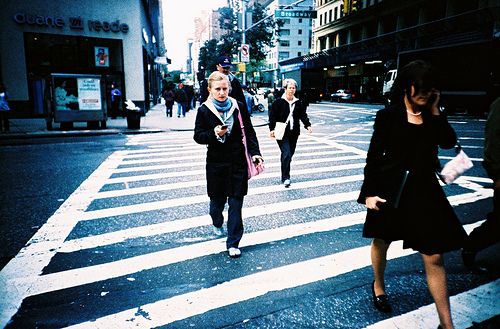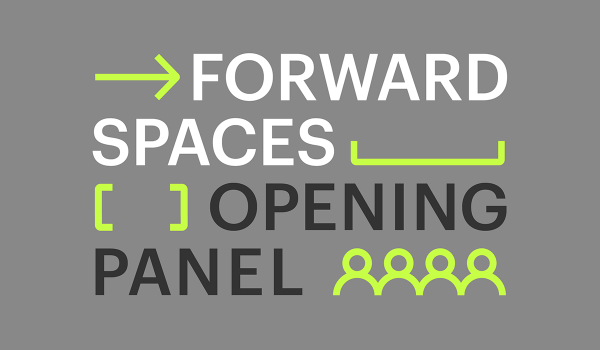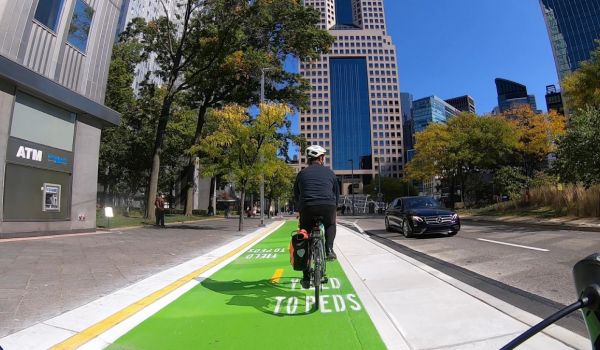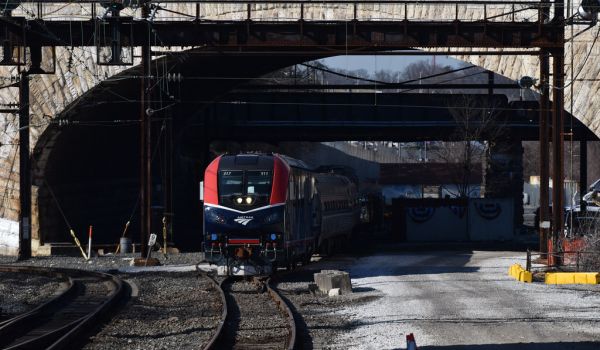This is the second in a three-part series on the new report on pedestrian safety from Transportation from America, “Dangerous by Design: Solving the Epidemic of Preventable Pedestrian Deaths (and Making Great Neighborhoods).” To see the first installment, click here.
Not to get all big-picture on you, but we as humans have over 3,000 years of urban history. And from the ancient towns of Sumeria to the industrial cities at the turn of the 20th century, we had just two modes of travel: our feet and our horses. Bicycles enjoyed a brief heyday, even instigating the first paved roads, but they were quickly supplanted by the personal automobile. That kicked off about 60 years of unquestioned commitment to the car in whose goodness we believed more or less absolutely (at least in this country). So it’s interesting to see the slow realization that in our efforts to eradicate the need to inconvenience ourselves by walking anywhere, we actually did ourselves a great disservice. We deprived ourselves of all the many benefits of walking: an increased connection to community, more eyes on the streets to insure the safety of our children, and the health benefits of active transportation.
That last one is particularly important as we’re experiencing an crisis across the Anglophone Western world as our obesity rates skyrocket due to poor diets and sedentary lifestyles. The T4America report gives us these shocking figures and a prescription for change:
More than two-thirds of U.S. adults are overweight or obese and over one-third of children and adolescents are as well. But it also tells us that recent research has found that “moderate exercise, such as walking or bicycling, contributes significantly to a healthy lifestyle. A one-mile trip is a twenty-minute walk, or two-thirds of the daily exercise regimen of 30 minutes recommended by the U.S. Surgeon General… The CDC estimates that if 10 percent of adults began a regular walking program, $5.6 billion in national cost associated with heart disease costs could be saved.
This is why the CDC, along with the American Academy of Pediatrics, recommend implementing Complete Streets policies that make walking and bicycling more attractive prospects. People react to their surroundings on many levels. Clearly if there’s no safe pedestrian path, they’re going to drive. But on a broader level, if they’re not used to seeing safe pedestrian paths, they’re going to find the very idea of walking anywhere to be ridiculous. Investing in facilities like sidewalks and crosswalks shows that we are serious about walking as a way to get around, it shows that society values that type of behavior. Of course if you really want to drive that point home, you’ll want to redesign communities within a tight, interconnected street grid, but that’s another story.
















